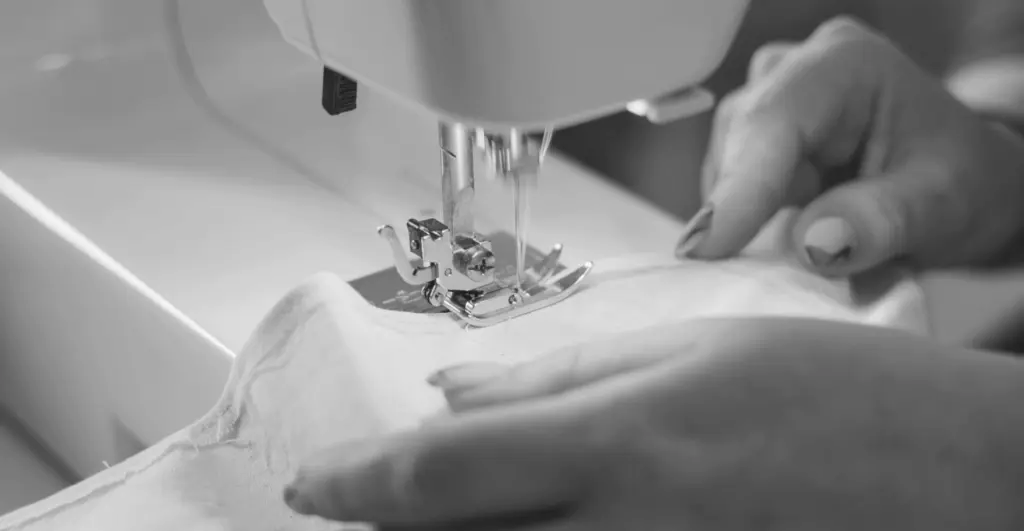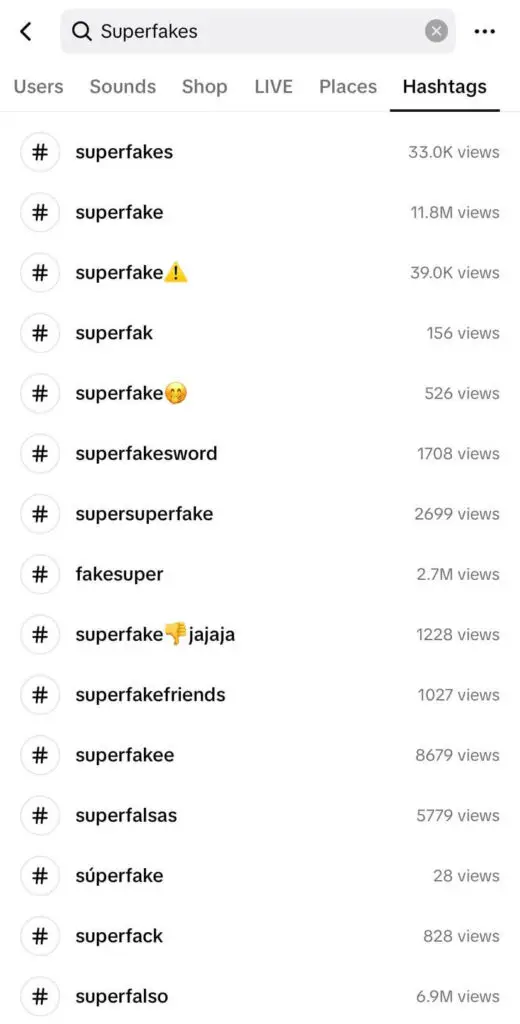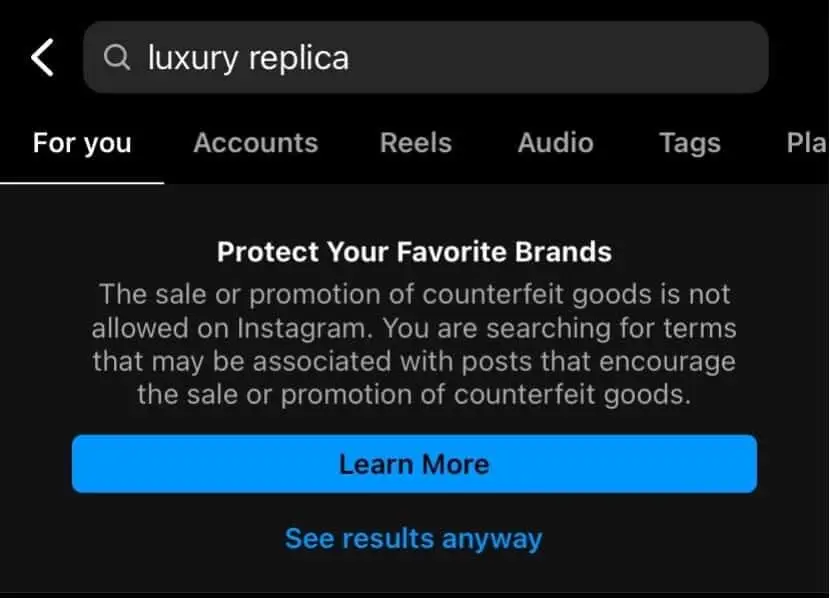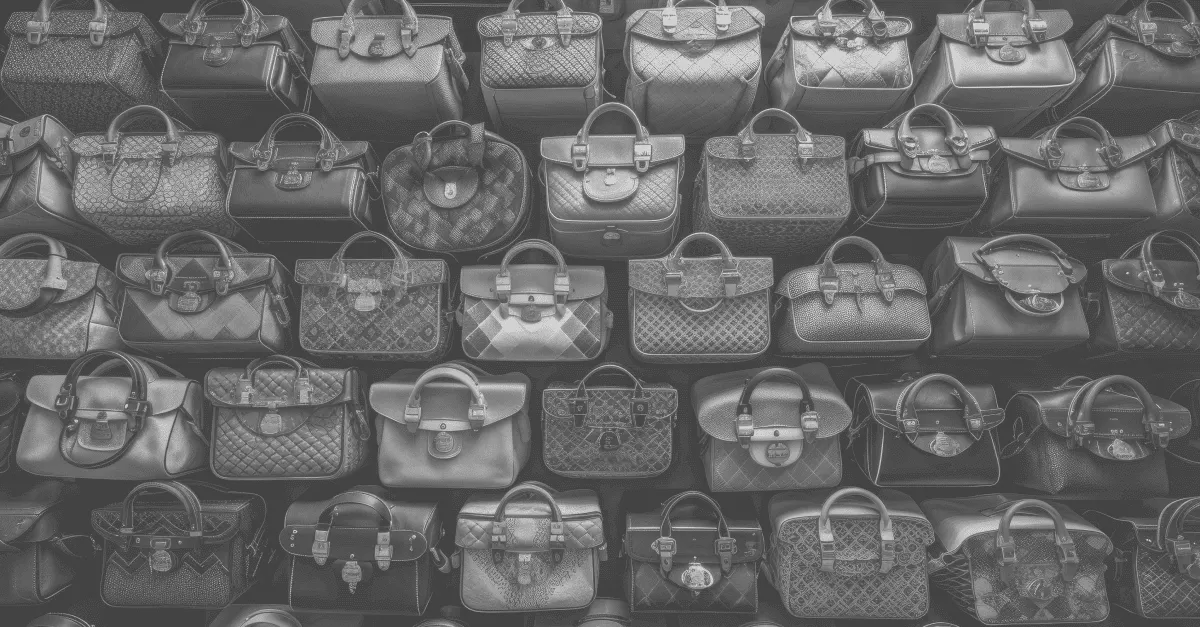The word “counterfeits” conjures images of a plasticky Rolex in a market stall, or a man opening his coat to reveal the off-brand wares within. In the superfake era, these ideas seem woefully out of date. Superfake luxuries change the concept of counterfeiting, and the culture around it.
The search term #superfake commands over 11 million views on TikTok, and across all platforms, billions of retail dollars hang in the balance. Understanding superfakes (and exploring solutions to the crises they pose) helps luxury brands reclaim their revenue and stay ahead of the scammers online.
What are superfake luxuries?
Typically, fakes and counterfeits give themselves away with misspelt logos, poor stitching, and low-quality materials. Superfake luxuries change the game, providing one-to-one replicas with luxury-standard components. Infamous Gucci and Hermes superfakers even purchase the same Italian leather from suppliers, bringing meticulous, luxury-level craft to their knockoffs.

Superfakes strike any and every industry, but steep margins and price points in the luxury industry draw the most attention, and the most value. Where legitimate Birkin bags average around $20,000, superfakers sell knockoffs for a couple of thousand and still make impressive profits.
The luxury goods industry manifests the perfect storm for superfakes. Counterfeits in other high-margin sectors like tech, automotive, and pharmaceutical industries crumble under scrutiny, or scare off consumers with hazards and health risks. By contrast, superfake watches, bags, and trainers gather cultural capital, while divesting revenue from legitimate brands. If counterfeit luxuries do pose health concerns, they may slip under the radar, and consumers won’t realise until it’s too late.
What’s behind their rise to prominence?
Superfake luxuries intersect demographics, and each consumer base brings a different motive to the table. A branded luxury’s price tag often drives Gen Z and other economically disadvantaged groups. Recent studies show that almost three-quarters of Gen Z consumers bought counterfeits because they couldn’t afford the legitimate items.
For older and wealthier consumers who also destigmatize fake luxuries, the reasons grow more complex. On social media platforms like Reddit and LinkedIn, users of all socioeconomic groups hint at playing a kind of cat and mouse game, and showing off their latest superfake designer gear.
How do people get superfake luxuries?
Next-gen counterfeits don’t look like counterfeits, and they aren’t sold out of coats or back alleys either. Instead, they circulate online, infiltrating webshops and digital marketplaces, or multiplying on social channels. As you can see, multiple variations of superfake luxuries garner millions of views on TikTok, and that’s just one term on one platform.

The subreddit r/LuxuryReps (luxury replicas) boasts over 23,000 members, and despite an in-app warning message, the tag #luxuryreplicas includes over 1,000 posts on Instagram. These digital forums represent the new bazaar, hawking affordable, authentic fake luxuries to palms and pockets around the world.
How do they affect the market, and the companies involved?
Brands pride themselves on unquestionable reputations, but superfakes start to ask questions that pull luxuries apart at the seams. The presence of superfakes on the market sows the seeds of doubt, undermining a luxury brand’s bedrock customer base. Customer trust, loyalty, and brand reputation may seem abstract, but these airy concepts deliver tangible blows to a company’s bottom line. Studies show that counterfeit sales online comprise over $30 billion in lost revenue for luxury brands alone. Researchers also estimate that around 15% of all luxuries on the market stem from counterfeiters.
Like many counterfeits, superfake luxuries pose health risks to their consumers, while delivering funds to criminal organizations, with frequent disregard for social and environmental ethics.
In short, superfakes harm clientbases and revenues alike.
What can brands do about superfake luxuries?
Experts struggle to distinguish superfakes from the real thing in person, let alone online. With millions of views on individual terms on individual platforms, ridding the web of counterfeits presents an uphill struggle. Teams of social media managers find some success in monitoring forums, tags, and subreddits, flagging and reporting fakes wherever they appear.
However, the wheels of justice turn slowly, especially with the sheer volume of content around superfake luxuries emerging, and the cultural impetus behind them. The anti-counterfeiting message on Instagram feels like a win, but again, it fails to stem the flow.

Fortunately, luxury brands also make the most of Online Brand Protection solutions to search, monitor, and eliminate potential counterfeits at scale. AI-powered threat intelligence and mitigation tools provide the kind of kryptonite that a luxury brand needs to take the ‘super’ out of superfakes.


